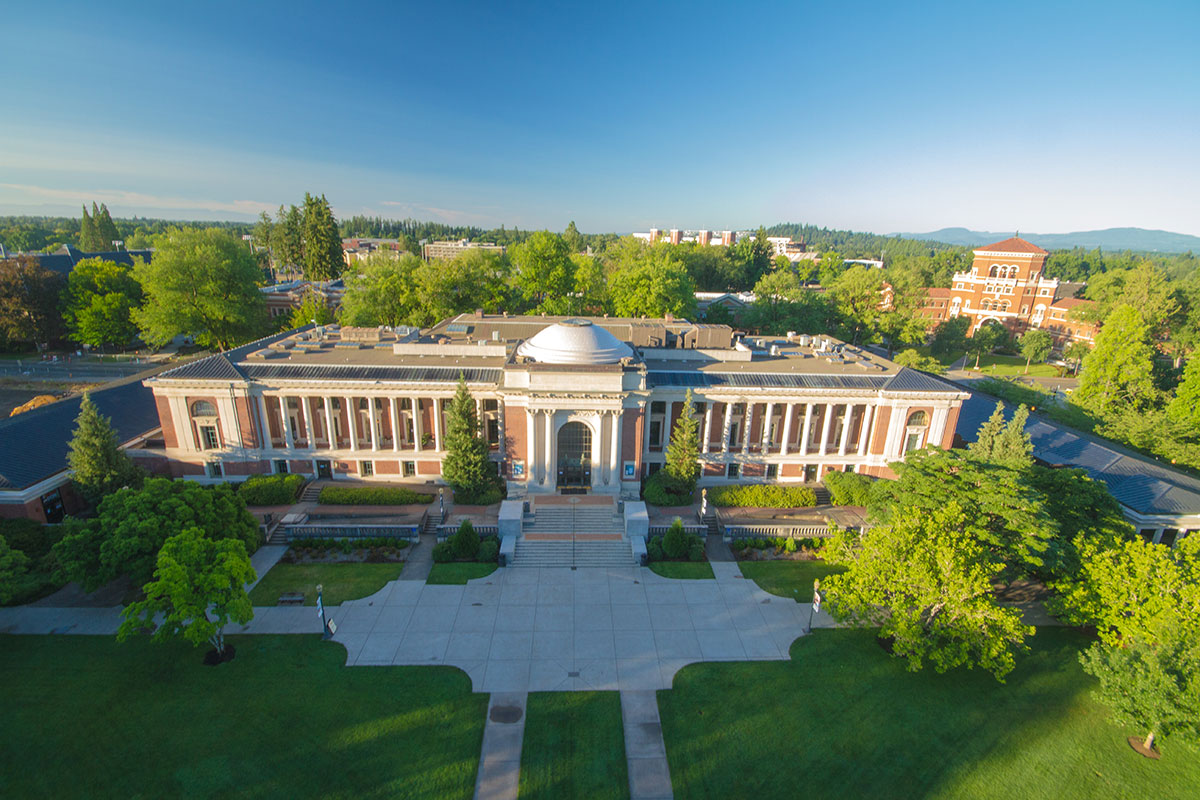
By Lee Anna Sherman
Something about César Chávez grabbed Gabriel’s imagination and wouldn’t let go.
The shy third-grader from Mexico exhibited an uncharacteristic boldness when studying Chávez, the famed champion of farm-worker rights. He became so engaged — so eager to discuss his newfound hero — that he lost his usual discomfort with English. Gabriel’s sudden loquaciousness fascinated his classroom teacher at Corvallis’ Lincoln K-12 School.
“He doesn’t even notice he’s using English,” observes Kinsey Martin. “He’s more confident and willing to take risks with the language because he loves César Chávez and wants to talk about him.”
Others saw the change, too. “At first, he felt anxious about trying,” says ELL (English Language Learner) specialist Holly Berman. “Then one day he blurted, ‘Teacher! I’m learning English!’” She laughs at the recollection. “It just killed me.”
A year-long OSU study suggests that non-native speakers like Gabriel do best when English skills are embedded in content areas instead of taught separately. Kathryn Ciechanowski, assistant professor in the College of Education, led the investigation, which wove linguistic concepts into science and social studies as well as language arts. These building blocks of communication were reinforced over and over across the curriculum.
“The students had seamless days of instruction,” says Ciechanowski. “They focused on particular language forms and functions — such as modal or past-tense verbs — across a wide range of contexts.”
Lessons on –ly adverbs, for example, were folded into a unit on rocks and minerals. Before doing a chemical experiment with calcite and acetic acid, third-graders wrote captions for pictures of scientists pouring liquid onto a rock. The assignment was to describe the scientists’ actions using –ly words. “Slowly,” “nicely” and “quietly” were common choices. Students then performed the experiment themselves, drizzling vinegar onto chunks of calcite and recording their observations. During the lesson, the teachers emphasized the precise nature of science, as captured by –ly words brainstormed by the students. By lesson’s end, several students’ lexicon had expanded dramatically. Sammy, for instance, crafted the scholarly phrase “observing the acid closely” on his post-test. Alonso penned this poetic observation: “The geologist is peacefully writing what’s inside the cup and thoughtfully leaving it alone.”
Martin was astonished by the students’ zeal. “They were freakishly excited to learn,” she reports.
Language lessons also crossed traditional placement boundaries. Rather than pulling kids out for separate English instruction — the usual approach — specialists worked with students in their regular classroom. This “push-in” model avoids the stigma and disruption of pull-outs. It also steeps students in academic lingo, essential as they move into middle school. Mastery of “school” language always lags behind mastery of “street” language, the everyday vocabulary of home and neighborhood, which children typically pick up quickly.
Ciechanowski’s preliminary results reveal strong gains in science and moderate gains in social studies. She attributes the disparity between science and social studies to the more abstract nature of topics like immigration, social justice and community activism and to the subtlety of certain linguistic distinctions tackled in class, such as “few” versus “some” and “many” versus “most.”
The study was funded by the Oregon Department of Education.
For more about the study, see this OSU news release:
OSU researcher helping blend language development into social studies, science lessons,
May 14, 2009
To support education research at OSU, contact the Oregon State University Foundation.



